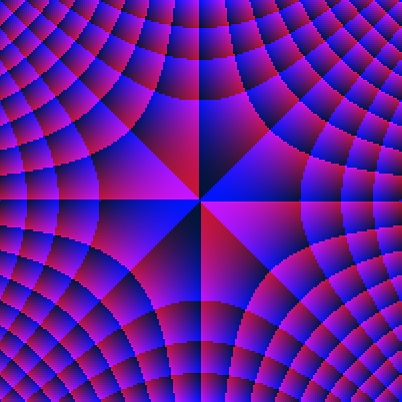2.6.問題12
2.6.P12
\(A \in M_n\) の特異値分解 \(A = V \Sigma W^*\) を考える。
ここで \(\Sigma = \mathrm{diag}(\sigma_1, \ldots, \sigma_n)\)、\(\sigma_1 \ge \cdots \ge \sigma_n\) とする。
(a) 余因子行列 \(\mathrm{adj} A\) の特異値分解は \(\mathrm{adj} A = X^* S Y\) であり、ここで \(X = (\det W)(\mathrm{adj} W)\)、\(Y = (\det V)(\mathrm{adj} V)\)、\(S = \mathrm{diag}(s_1, \ldots, s_n)\) で、各 \(s_i = \prod_{j \ne i} \sigma_j\) であることを示せ。
(b) (a) を用いて、\(\mathrm{rank} A \le n-2\) のとき \(\mathrm{adj} A = 0\) となることを説明せ。
(c) \(\mathrm{rank} A = n-1\) で、\(v_n, w_n \in \mathbb{C}^n\) が \(V, W\) の最後の列であるとき、\(\mathrm{adj} A = \sigma_1 \cdots \sigma_{n-1} e^{i\theta} w_n v_n^*\) であり、ここで \(\det(V W^*) = e^{i \theta}\)、\(\theta \in \mathbb{R}\) であることを示せ。
行列解析の総本山
総本山の目次📚

[行列解析]総本山
行列解析の総本山。行列解析の内容を網羅的かつ体系的に整理しています。線形代数の学習を一通り終えた方が、次のステップとして取り組むのに最適です。行列に関する不等式を研究するには、行列解析の知識が欠かせません。
記号の意味

[行列解析9.0]主要な記号一覧
行列解析で使用している記号や用語の簡単な説明です。



コメント